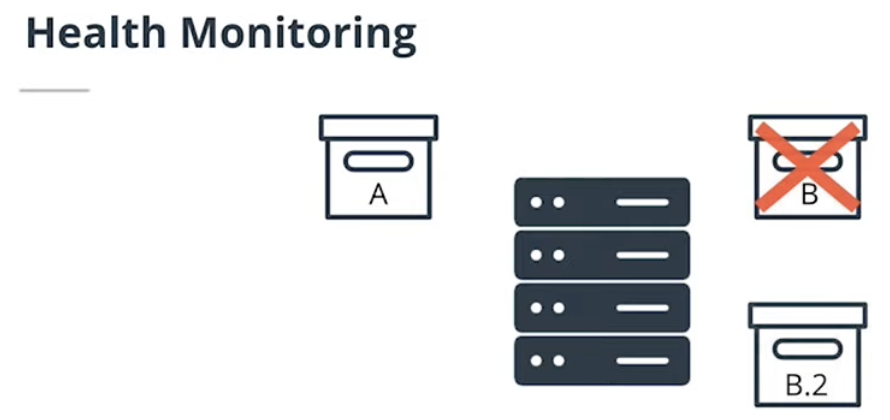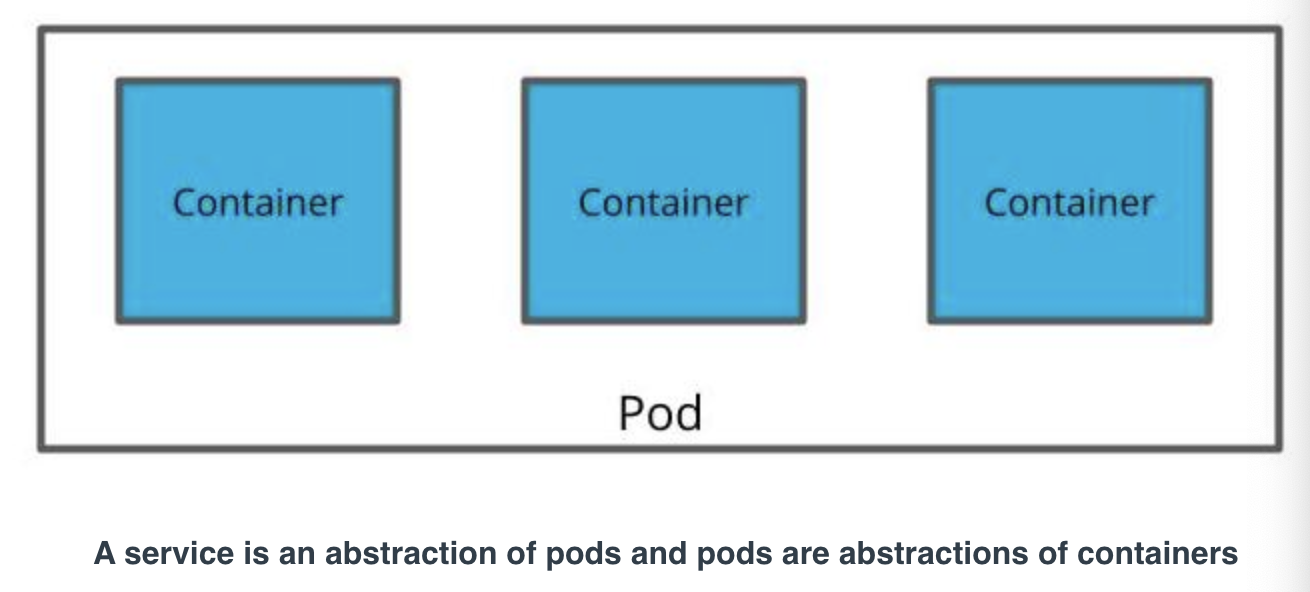We’ll cover topics including:
- Why Orchestration?
- Kubernetes Fundamentals
- Kubernetes on AWS
- Using a Kubernetes Cluster
- Other Deployment Strategies
Why Orchestration?
Mainly it helps to handle complicated workflows
- Deploy code
- Recover from failure
- Scale
We focus on continuesly deployment.
The tools such as Jenkins / Travis can help to build docker image (CI), Kbuernates can helps to orchestrate our CD process to complete our software developement life-cycle.


Kubernetes Fundamentals
- A container orchestration system packed with features for automating our application’s deployment
- Enables us to easily scale our application and ship new code
- Automate scheduling
- Recover from Failure
- Automate releases
- Handle Scaling
K8s for Automated code Rollout
- Detect the latest code
- Launch into containers
Pods
- Containers often need to communicate with one another. It's not uncommon to see a deployment involving a few containers to be deployed.
- Kubernetes pods are abstractions of multiple containers and are also ephemeral.

Services
-
Applications are often deployed with multiple replicas. This helps with load balancing and horizontal scaling.
-
Services are an abstraction of a set of pods to expose them through a network.

What's the purpose of wrapping pods as a service?
A: User shouldn't care when pods are destroyed. Pods are ephemeral and expected to be terminated. Services persist and are the abstraction that exposes the pods.
New Terms
| Term | Description |
|---|---|
| Horizontal Scaling | Handling increased traffic by creating additional replicas so that traffic can be divided across the replicas |
| Kubernetes Service | An abstraction of a set of pods and interface for how to interact with the pods |
| Pods | A set of containers that are deployed together |
| Load Balancing | Handling traffic by distributing it across different endpoints |
| Replica | A redundant copy of a resource often used for backups or load balancing |
| Consumer | An external entity such as a user or program that interfaces with an application |